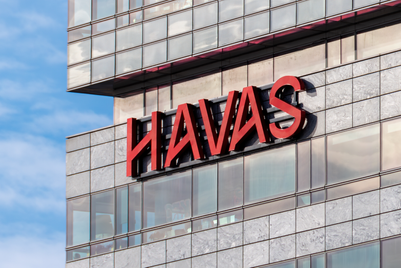Given Reebok (part of the Adidas India group) has had its share of controversy, did it help Puma as a brand?
We are headed to become number one sports brand in India. That is our primary objective, and everyone is working towards it. We were on quite a strong high last year. Given the fact that Adidas and Reebok have not had couple of successful years, it has helped us consolidate our position even better. Our retail footprint extends to over 350 stores across India. We are the number one brand on e-commerce portals as well, as far as sportswear industry is concerned. We are available in every pincode of India. The brand has reached a scale where one can see category leadership.
One of the examples of category leadership is the store on 100 Feet Road we opened in Bengaluru couple of years back, which is the only sustainable store in India of its kind. Our flagship stores in Connaught Place, South Extension, Linking Road – are doing well at a time when brands are shutting stores and moving locations. We are instead moving to bigger locations on these high streets. It is a testament to the fact that journey has been incredibly successful and now we are set to take on the leadership position.
You call it a sports brand but doesn’t Puma position itself sports lifestyle brand?
When we entered India, we were the last entrant compared to Nike, Reebok. And all their products were quite homogenous. We took to lifestyle to establish our brand. We are considered very desirable and aspirational brand for the young. Our foundation in India has always been lifestyle. However, it is important to remember that Puma is a brand that is rooted in sports. We have always been (associated with) some of the fastest runners in the history of the game. People like (Diego) Maradona and Pele have donned our boots throughout their careers.
For us, it was not a change in the positioning but about telling our consumers that our sports legacy is as strong as anyone else. And when you have someone like an Usain Bolt to communicate ‘Forever Faster’, consumers see it as a very credible brand, and are able to connect with the sports brand very easily. So to say, yes, we did have a strong lifestyle bent when we entered India. In fact, we still do. We continue to invest in lifestyle franchises.
We have a very strong tennis range, motorsport range. We are reconnecting to our sports heritage, and sports performance part for it and letting our consumers know about it.
How have sport associations, and marketing events helped you to establish your brand?
Very strong connect with events has helped us get to this position. We have very strong franchise of running shoes. We figured very early that our competitors had picked up one event in one market and that is all they were focussing on. We couldn’t think one city, one event. The first property that we launched three years ago was Puma Urban Stampede, which was a national corporate relay race. It was one-of-its-kind in India. We have the footprint of Stampede in seven cities. What this allows me to do is activate runners, engage with them, get them to come to our stores, experience our brand in the event in a Puma atmosphere – essentially giving them the flavour of the brand and products on ground. It has helped us establish connect with relevant corporate runners. Many brands and companies are investing in this space (using running as a community) but it is a space that Puma currently monopolises.
The other thing we are doing is to catch the guys young. This is what our inter-school relay competition is all about. We established connect with 3,000 kids in three cities. We also gave students the promise that winners will be meeting Usain Bolt.
Thus, we are essentially using a sandwiched approach to the entire running category through events. One, at the young age level, and, the other, at the corporate running level. These are some of the events that have helped us in the journey of category leadership, in running for example.
Other than this, we have signed alliances from time to time to showcase our product range. Last year, we wanted to make statement about our football credentials and collaborated with Indian Super League and Kerala Blasters. While there have been international associations we have tried to leverage, we have also addressed the fact that we need to have strong local sporting associations. We have Bengaluru Football Club on our roster. Our local associations on the performance front will continue.
Puma’s campaigns have mostly been digitally led. Is it the ease of storytelling or connecting with relevant audience?
We have always been a very digitally-powered brand. Four years ago, when Yuvraj Singh was launched with Puma, we did a campaign on Twitter. We have always been at the forefront of using digital as a paid medium and earned medium. We believe that’s where our consumers are and if you are present on that medium, it becomes very easy to connect with them. People have started noticing now that all brands are doing digital but Puma has done digital campaigns from 2011/2012. For us, it is not really a new medium. It is a medium that has always been a critical part of our mix. Our website, Tracmyrun.com, is where you can put in the timing certificates of the any of the races that you have run. And the website will give tips on how to improve as a runner. Not every digital spend actually needs to be in the space of advertising or content or Facebook. Even a website like Tracmyrun is a great content for us to engage with runners. We will continue to invest in digital.
If a brand has an interesting story to tell, consumers, irrespective of their age, gender etc. will stand up and listen. When we do digital campaigns, we look at specific sets of audience. For instance, when we talk about ‘School of speed’, we know that the story that will interest them is Usain Bolt’s story. When we talk of our Arsenal range for example, I know the segment that would be most excited would be the fans. If we are coming on board as a new brand, we need to be seen as their friend. Our storytelling, thus, is more geared towards the message we want to push and not necessarily the age bracket that we have to be in.
How are Puma’s investments on digital growing?
By at least 30 to 35 per cent year-on-year.
What defines the success of digital campaigns for Puma?
It depends on the objective of the campaign. If I were launching a product on our e-Com store, my objective would be that the product sells through the site. Therefore, the choice of vehicle that I have, the plans that I have for digital will be skewed towards generating that RoI. With a property like Tracmyrun, we have to ensure that the conversation in the running space goes higher, because I want the higher share of voice in the running space. We are okay with investing in digital provided we have a metric, which gives me a sense of how Puma is picking up in running conversation. One needs to look at, and define in the beginning, what the objective of spending money on digital is – when you define this, there are easy ways and means to know the RoI.
As a brand that has to compete with well-established brands, what are the challenges that Puma faces?
The associations that we spent on last year turned out really well, especially the Arsenal launch. The sports brand has been around for a while. But what Puma did was to put an Arsenal museum in the centre of the city for five days – trophies, history, merchandise. We redefined the way in which jerseys will be sold in India, for instance. The challenge to my mind is to ensure that whatever we do for future with Arsenal has to be one notch above. That amount of category leadership in our initiatives, messaging, product has to come through.
That is the exciting as well as challenging part of the job – how to go one notch above what we are doing to ensure that we keep on improving on the highest that we have achieved.
How much is online sales contributing to your sales revenues?
Online sales is about 25 per cent of our business currently. It will continue to grow. It does not mean that we will not open more stores or not invest in offline space. We believe that the online space brings with it the benefit of convenience, while offline brings the convenience of touch and feel of the brand .
Which cities are highest contributors to your revenues?
The usual suspects of Delhi, Mumbai and Bengaluru. Tier II cities like Jaipur are also giving us strong numbers. There is a strong traction in these markets as well.
Which category is the most selling for Puma?
The solid growth category for us is running. It has given us great traction in the market. ‘Faas’ and ‘Mobium’ evidently are the products that appeals to variety of runners.
Going forward, what is your vision for the brand?
To consolidate our leadership position in key performance categories of football and running. On the lifestyle side, to ensure that our desirability is maintained at an all-time high through interesting consumer events and experiences with the brand.
(This article was first published in 20 February issue of Campaign India)




.jpg&h=334&w=500&q=100&v=20250320&c=1)

.jpg&h=334&w=500&q=100&v=20250320&c=1)

.jpg&h=334&w=500&q=100&v=20250320&c=1)


.jpg&h=334&w=500&q=100&v=20250320&c=1)
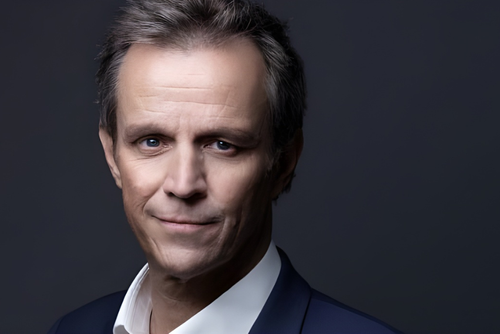

.jpg&h=268&w=401&q=100&v=20250320&c=1)
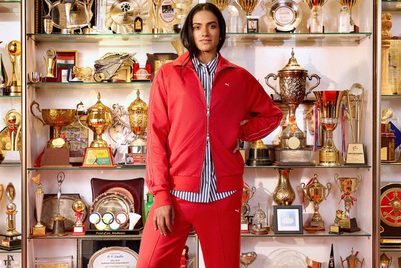
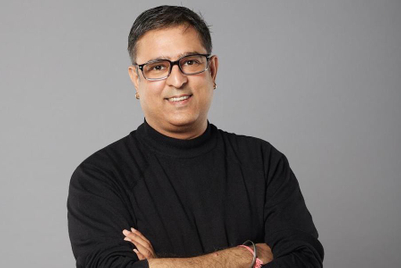
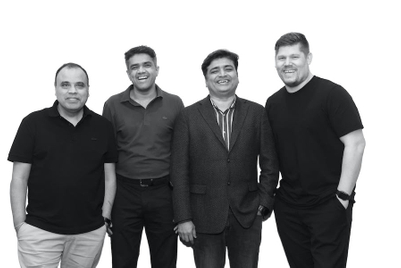
.jpg&h=268&w=401&q=100&v=20250320&c=1)


